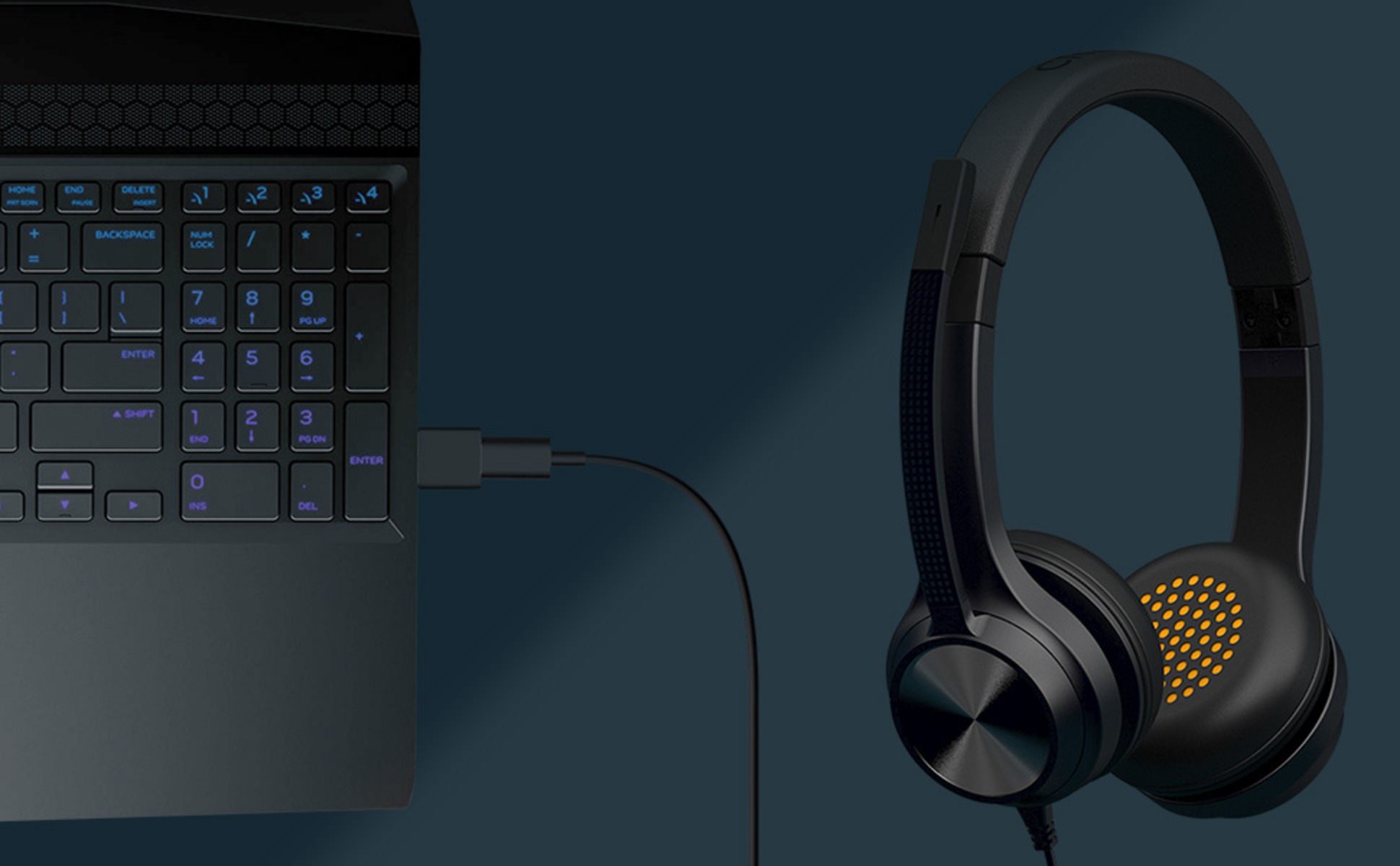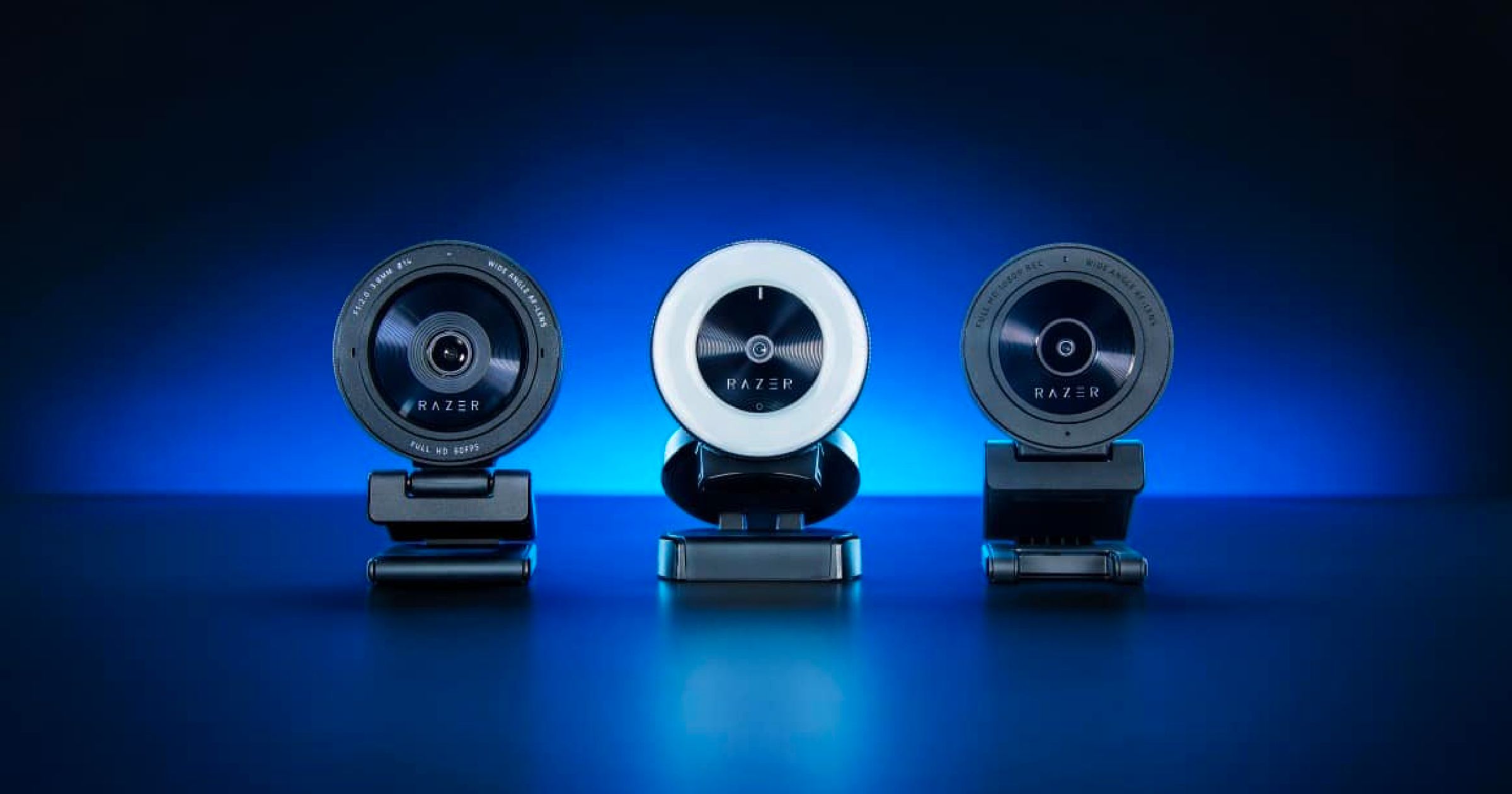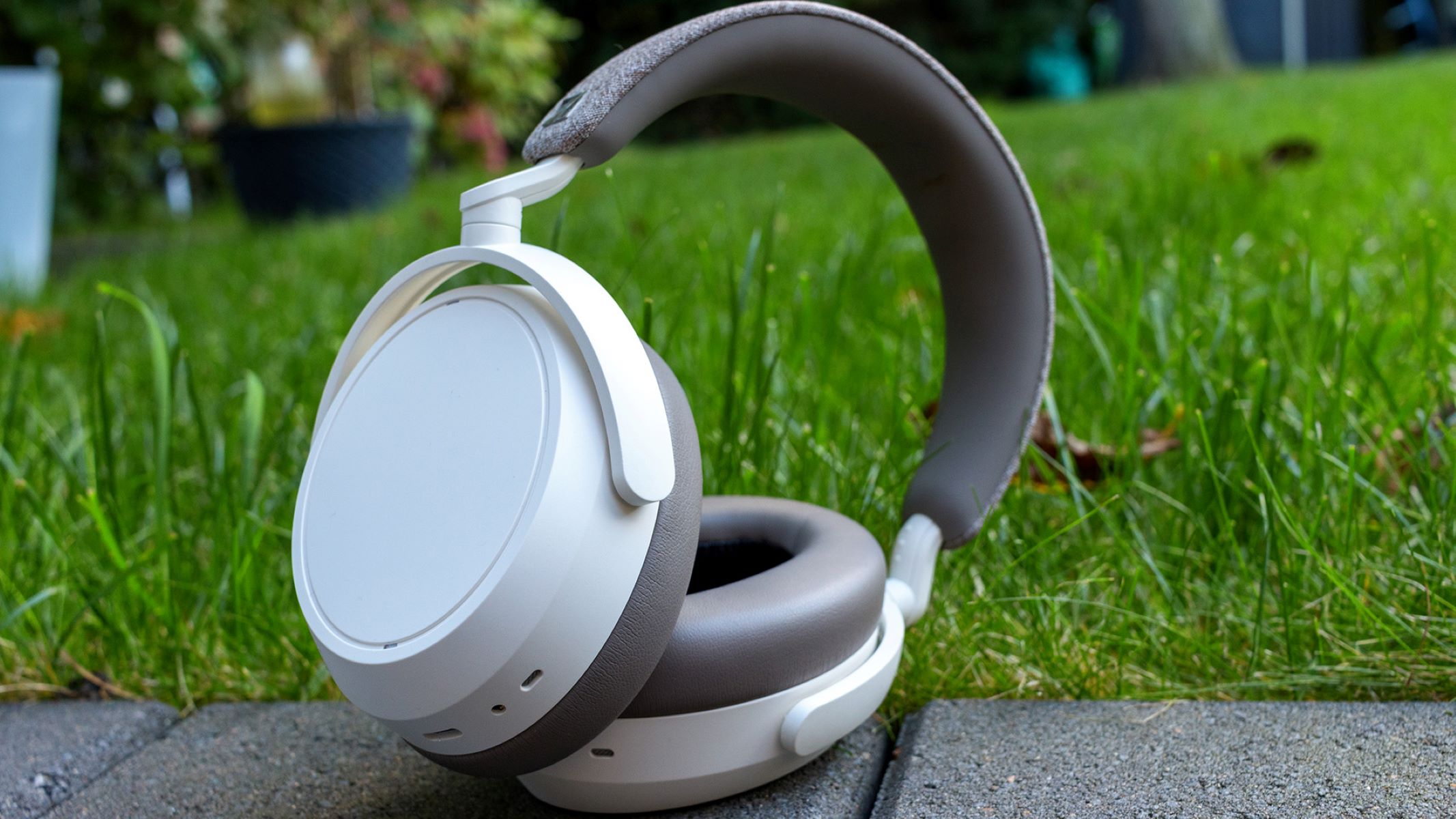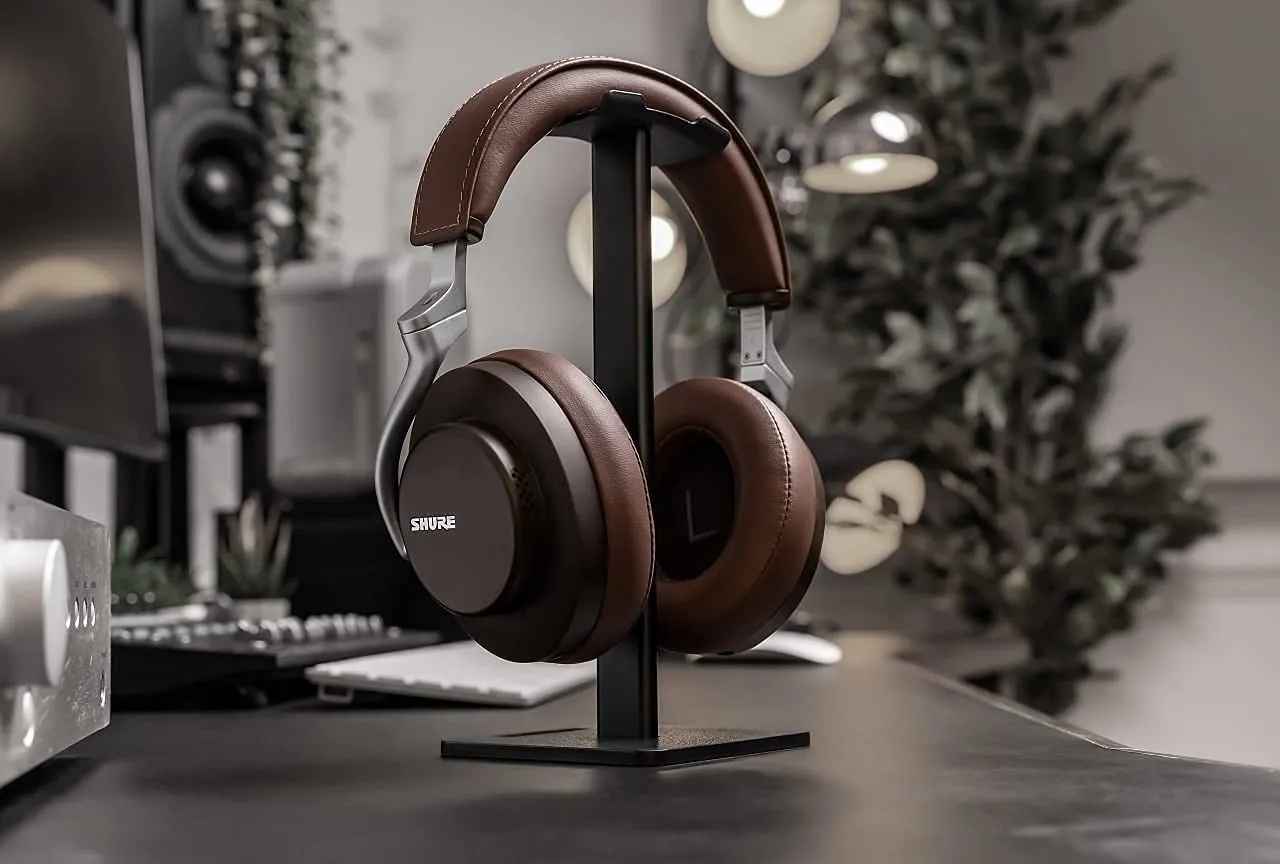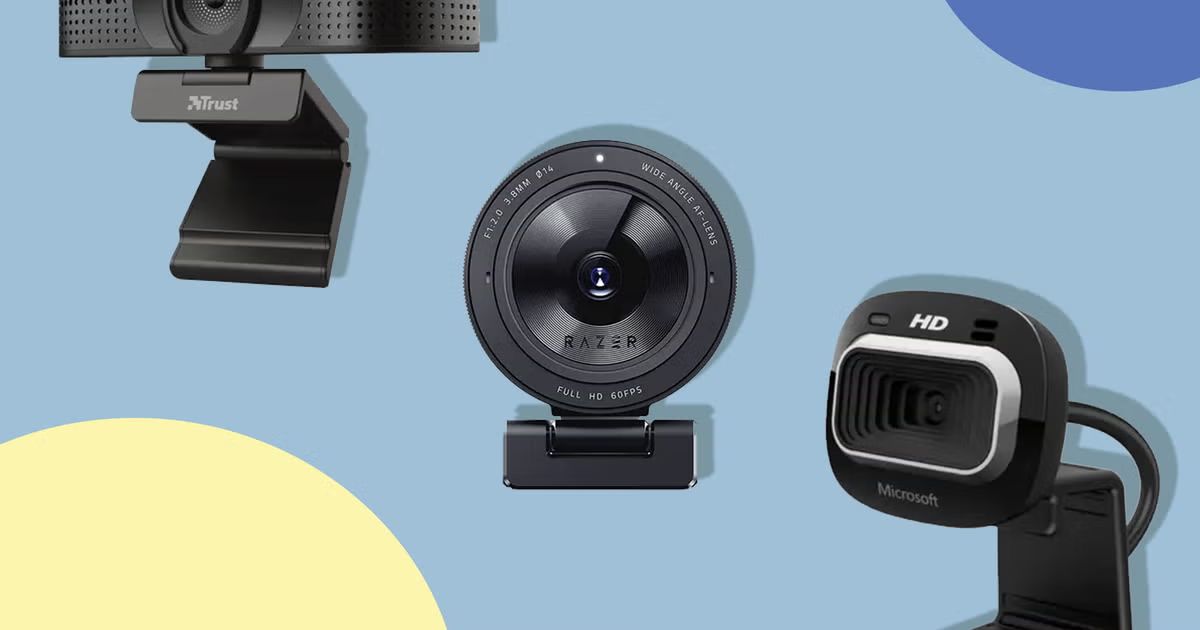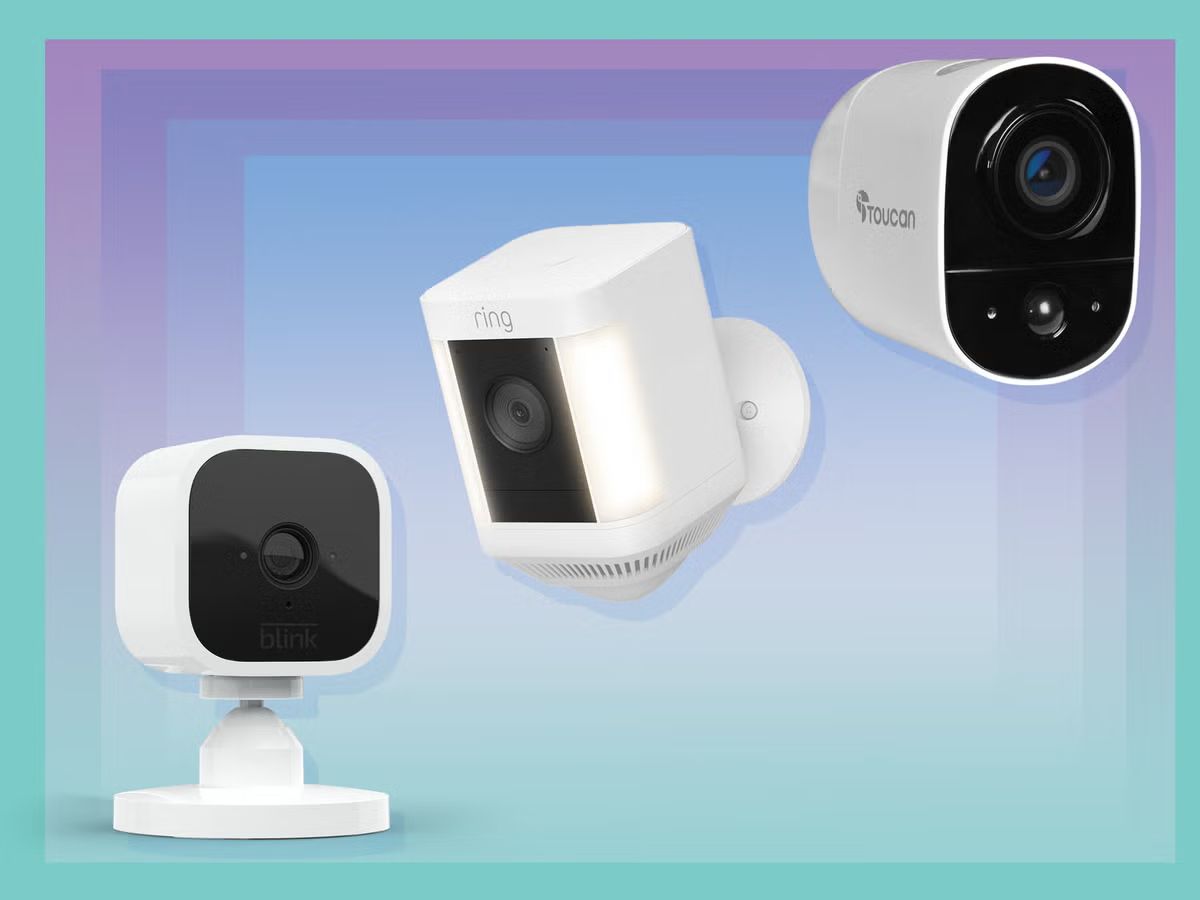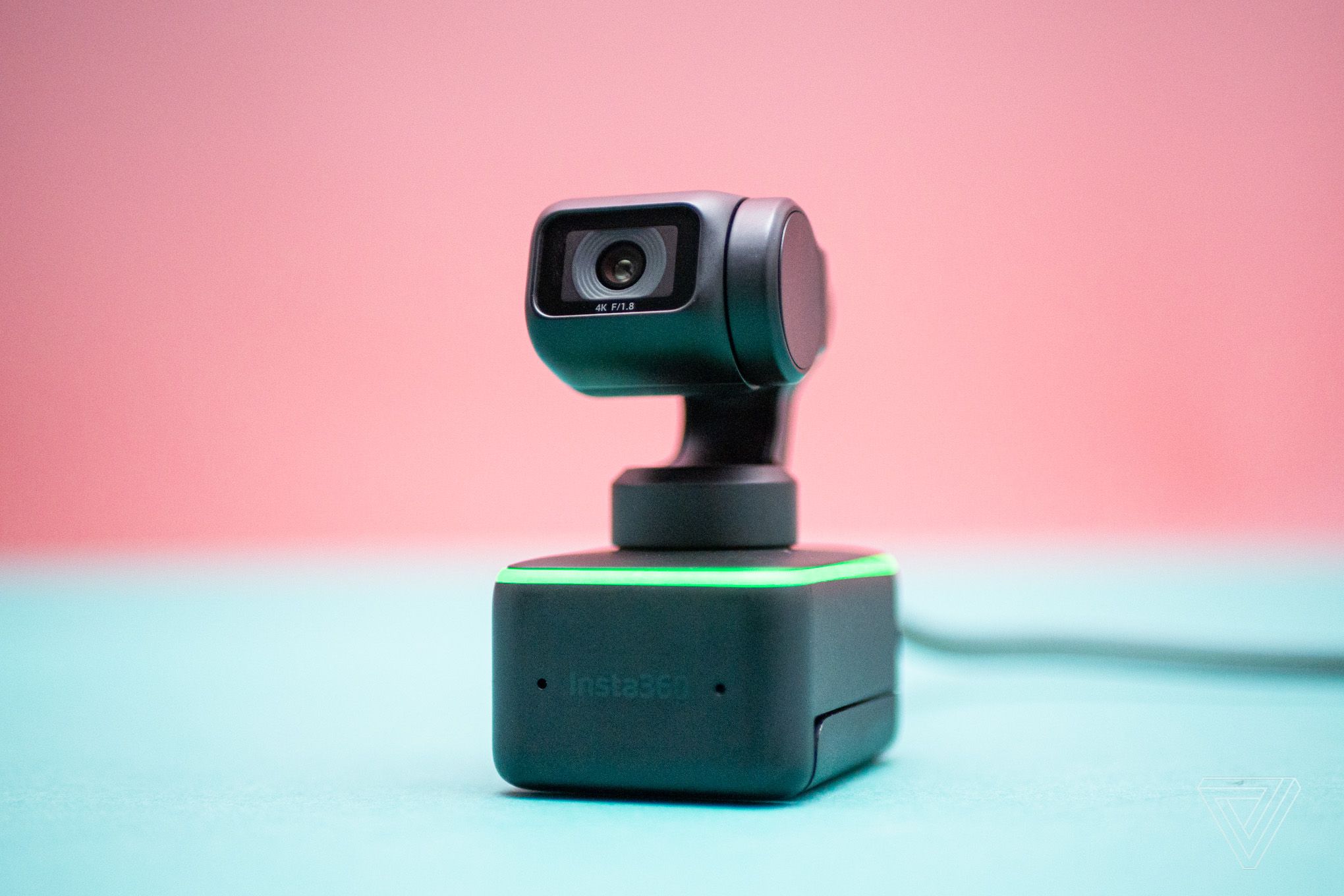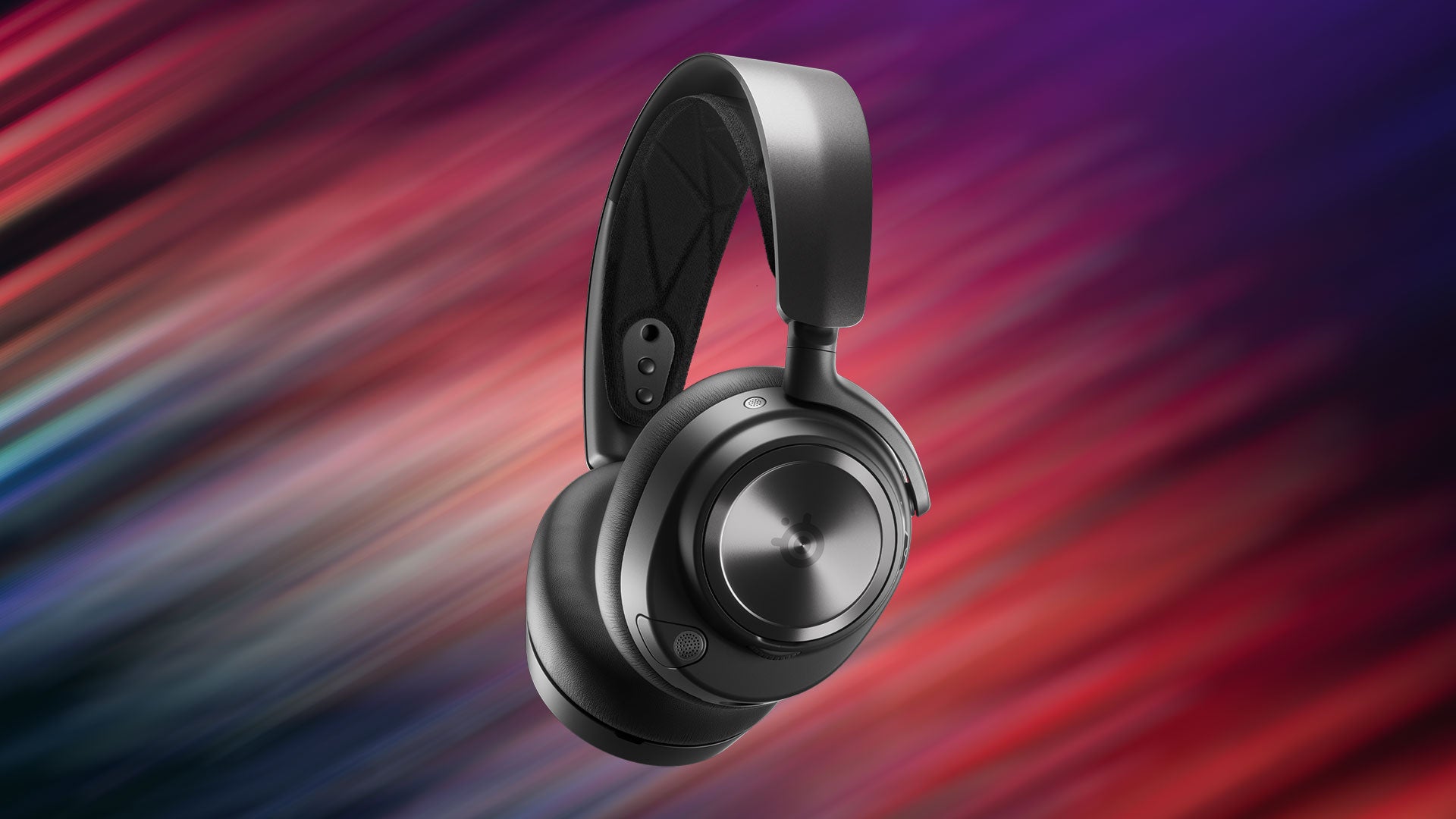Introduction
Welcome to the world of Windows 10, where powerful features and advanced technologies are constantly at your fingertips. One such feature is noise cancellation, which aims to provide a pristine audio experience by reducing background noise. While this can be useful in certain situations, such as during video conferences or while listening to music, there may be times when you want to turn off noise cancellation to hear the ambient sounds or allow your microphone to capture more natural audio.
In this article, we will explore various methods to disable noise cancellation on your Windows 10 device. Whether you prefer using the built-in sound settings, accessing the device manager, utilizing the Realtek HD Audio Manager, or leveraging Dolby Atmos for Headphones, we’ve got you covered. By following these simple steps, you will regain control over your audio settings and customize your experience according to your preferences.
It’s important to note that the methods mentioned here may vary slightly depending on your specific hardware and software configuration. However, the general principles remain the same, and we will guide you through each process to ensure that you can effectively disable noise cancellation on Windows 10.
So, if you’re ready to dive in and take control of your audio experience, let’s explore the different methods to turn off noise cancellation and unlock the true potential of your Windows 10 device!
Method 1: Disabling Noise Cancellation Using Sound Settings
The simplest and most straightforward way to disable noise cancellation on Windows 10 is through the Sound Settings. Here’s how you can do it:
- Right-click on the volume icon in the taskbar and select “Sounds” from the context menu. Alternatively, you can access the Sound Settings by going to the Windows Settings menu and selecting “System,” then “Sound.”
- In the Sound Settings window, click on the “Playback” tab. You will see a list of audio devices connected to your computer.
- Identify the device for which you want to disable noise cancellation and select it.
- Click on the “Properties” button located at the bottom-right corner of the window.
- In the Properties window, go to the “Enhancements” tab.
- Scroll down and locate the option that says “Noise Cancellation” or “Acoustic Echo Cancellation.” Uncheck this option to disable noise cancellation for the selected audio device.
- Click “Apply” and then “OK” to save the changes.
Once you have completed these steps, noise cancellation will be disabled for the selected audio device. You can repeat this process for other connected devices if needed.
Note that the availability of the Noise Cancellation or Acoustic Echo Cancellation option may vary depending on your audio driver and hardware. If you cannot find it in the Enhancements tab, you may need to explore alternative methods or check for driver updates.
Now that you know how to disable noise cancellation using the Sound Settings, let’s move on to the next method, which involves utilizing the Device Manager.
Method 2: Disabling Noise Cancellation Using Device Manager
If the previous method didn’t disable noise cancellation for your audio device or if you prefer a different approach, you can try disabling it through the Device Manager. Here’s how:
- Right-click on the Start button and select “Device Manager” from the context menu. Alternatively, you can press the Windows key + X and choose Device Manager.
- In the Device Manager window, expand the “Sound, video, and game controllers” category by clicking on the arrow next to it.
- Locate the audio device for which you want to disable noise cancellation. It is usually denoted by the name of the sound card or chipset.
- Right-click on the device and select “Properties” from the context menu.
- In the Properties window, go to the “Driver” tab.
- Click on the “Disable” button to turn off the device temporarily. This action will effectively disable noise cancellation for the selected audio device.
- Click “OK” to save the changes.
By disabling the audio device through the Device Manager, you effectively turn off noise cancellation for that particular device. If you wish to enable it again in the future, simply repeat the steps and click on the “Enable” button instead of “Disable.”
Please note that disabling the audio device through the Device Manager will also impact other audio-related functionalities of the device. If you experience any issues or want to revert the changes, you can follow the same steps and enable the device again.
Now that you have learned how to disable noise cancellation using the Device Manager, let’s move on to the next method, which involves utilizing the Realtek HD Audio Manager.
Method 3: Disabling Noise Cancellation Using Realtek HD Audio Manager
If you have a Realtek sound card installed on your Windows 10 device, you can make use of the Realtek HD Audio Manager to disable noise cancellation. Follow the steps below:
- Open the Realtek HD Audio Manager. You can usually find it by searching for “Realtek HD Audio Manager” in the Start menu or by locating it in the system tray.
- In the Realtek HD Audio Manager window, click on the “Microphone” tab located at the top.
- Under the Microphone tab, you may find an option such as “Acoustic Echo Cancellation” or “Noise Suppression.” Check the available options and uncheck any that are related to noise cancellation or echo cancellation.
- Click “Apply” and then “OK” to save the changes.
By disabling noise cancellation settings through the Realtek HD Audio Manager, you can effectively turn off the feature for your microphone. This will allow your microphone to capture a more natural and unfiltered audio signal.
Please note that the availability of settings may vary depending on your specific audio driver version and the features supported by your Realtek sound card. If you are unable to locate the noise cancellation options, you may want to explore alternative methods or check for any available driver updates.
Now that you know how to disable noise cancellation using the Realtek HD Audio Manager, let’s move on to the next method, which involves utilizing Dolby Atmos for Headphones.
Method 4: Disabling Noise Cancellation Using Dolby Atmos for Headphones
If you have Dolby Atmos for Headphones installed on your Windows 10 device, you can use it to disable noise cancellation and enhance your audio experience. Here’s how:
- Open the Dolby Atmos for Headphones application. You can usually find it by searching for “Dolby Atmos for Headphones” in the Start menu.
- In the Dolby Atmos for Headphones window, click on the “Settings” tab located at the top.
- Under the Settings tab, look for an option called “Sound Restoration” or “Intelligent Equalizer.” Disable this option by toggling the switch or unchecking the box.
- Click “Apply” and then “OK” to save the changes.
By disabling the Sound Restoration or Intelligent Equalizer option in Dolby Atmos for Headphones, you will effectively disable noise cancellation and restore a more natural audio experience. This allows you to hear ambient sounds and preserve the original audio quality without any modifications.
Please note that the availability of settings may vary depending on your specific version of Dolby Atmos for Headphones software. If you are unable to locate the noise cancellation options, you may want to explore alternative methods or check for any available updates for the application.
Congratulations! You have now learned how to disable noise cancellation using Dolby Atmos for Headphones. You have successfully unlocked the power to customize your audio settings according to your preferences.
In this article, we explored four methods to disable noise cancellation on your Windows 10 device. From using the Sound Settings and Device Manager to leveraging the Realtek HD Audio Manager and Dolby Atmos for Headphones, you now have a range of options to choose from.
Remember, the availability of noise cancellation settings may vary depending on your hardware and software configuration. If a particular method did not work for you, feel free to explore the alternatives or seek support from your hardware provider.
We hope these methods have helped you regain control over your audio settings and enjoy a more personalized audio experience. Now go ahead, disable noise cancellation, and immerse yourself in a world of clear and natural sound!
Conclusion
In this article, we explored various methods to disable noise cancellation on Windows 10. Whether you prefer using the built-in sound settings, accessing the device manager, leveraging the Realtek HD Audio Manager, or utilizing Dolby Atmos for Headphones, you now have a range of options to choose from.
By following the steps outlined in this article, you can turn off noise cancellation and customize your audio settings according to your preferences. Whether you want to enhance your music listening experience, allow your microphone to capture more natural audio, or simply hear ambient sounds in your environment, these methods can help you achieve that.
It’s important to keep in mind that the availability of noise cancellation settings may vary depending on your specific hardware and software configuration. If a particular method doesn’t work for you or if you can’t find the necessary options, it’s worth exploring alternative methods or checking for driver updates.
We hope that these methods have empowered you to take control of your audio experience on Windows 10. Remember, audio preferences are subjective, and what works for one person may not work for another. Feel free to experiment with different settings and combinations to find the perfect balance.
Now that you have the knowledge to disable noise cancellation on Windows 10, you can enjoy a more personalized and immersive audio experience. Whether you’re listening to music, participating in video conferences, or simply enjoying multimedia on your device, you can now have control over the sounds that reach your ears.
Thank you for reading, and we hope that this article has been helpful in achieving your audio preferences. Explore the methods discussed here, and unlock the true potential of your Windows 10 device!







